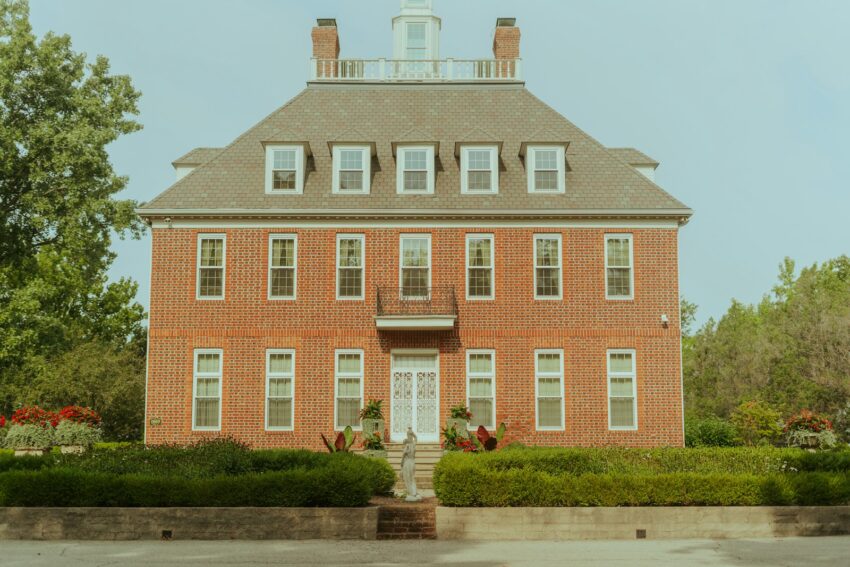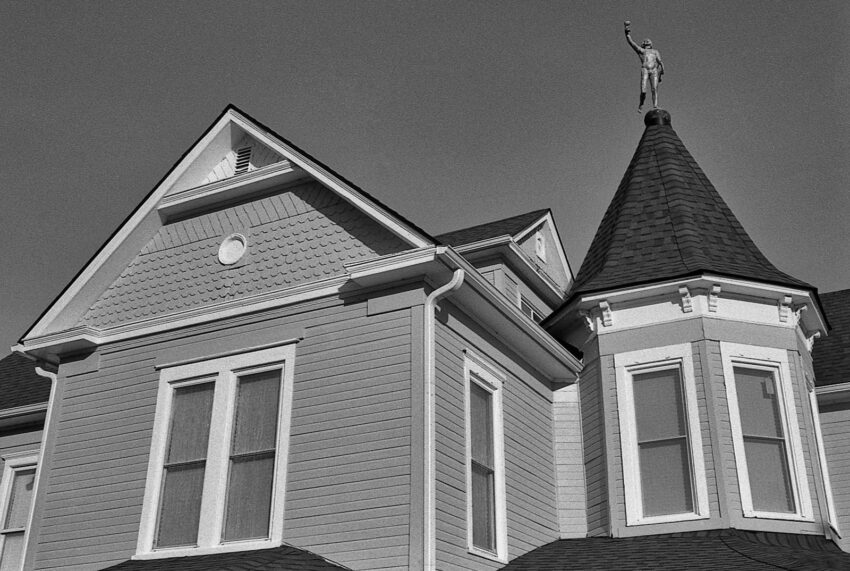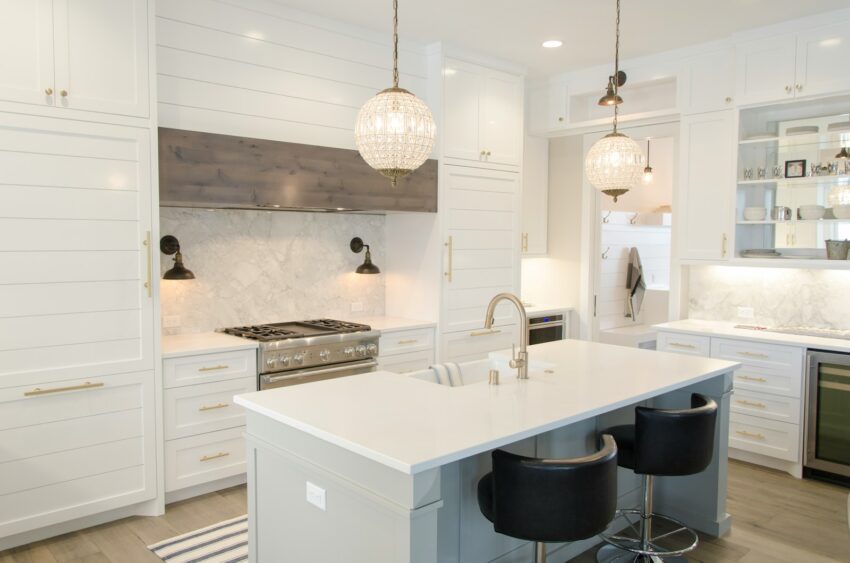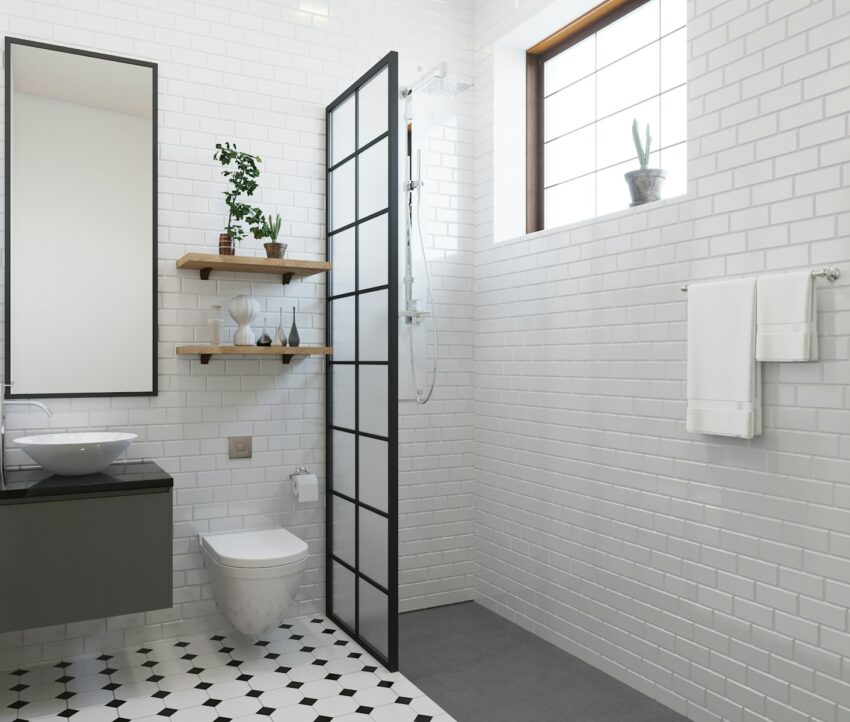Every home carries a story, and older houses often carry decades’ worth of memories, charm, and personality. Yet, when it comes to living in or selling an older property, many people find themselves confronted with a familiar challenge: outdated features, inefficient layouts, and aging infrastructure. The dream of turning an old house into a modern home is not just about cosmetic upgrades. It’s about respecting the character of the property while making it functional, comfortable, and appealing for today’s lifestyle.

Why Old Homes Deserve a Second Life
There’s a special character that comes with older homes. High ceilings, unique architectural details, hardwood floors, and vintage craftsmanship are features that new builds sometimes lack. But even with their charm, older houses can feel tired and outdated. Walls may divide spaces in ways that no longer fit modern preferences, kitchens might be cramped, and energy inefficiency can cause ongoing headaches.
Renovating an older home allows you to preserve its character while integrating modern conveniences. This balance of old and new can result in a space that feels stylish, functional, and timeless. More importantly, it can significantly increase the home’s value, whether you plan to live in it long term or prepare it for sale.

The First Step: Evaluating the Structure
Before you begin cosmetic upgrades, it’s essential to evaluate the foundation of the property. Older houses may hide issues that aren’t obvious at first glance such as outdated wiring, plumbing leaks, or structural concerns. A professional inspection can identify areas that need immediate attention, ensuring that your makeover starts with a safe and stable base.
While this may not feel like the “fun” part of a renovation, addressing structural issues first saves money in the long run. Cosmetic improvements won’t mean much if there are underlying problems, and modern buyers are quick to notice red flags during an inspection.
Blending Character With Modern Style
One of the most rewarding aspects of renovating an older home is the opportunity to blend its original character with modern design. This doesn’t mean stripping away everything that makes the home unique. Instead, it means highlighting the charm while updating the spaces around it.
For instance, original wood floors can be refinished rather than replaced. Exposed brick can serve as a striking accent wall. Classic crown moldings can be preserved while surrounding walls are painted in fresh, neutral tones. By embracing these details, you create a home that feels modern yet still honors its history.

Reimagining Layouts for Today’s Living
Modern lifestyles often emphasize open layouts, natural light, and multi-functional spaces. Many older homes, however, were designed with separate rooms and smaller windows. Reimagining the layout is often key to transforming an older house into one that feels contemporary.
Opening up the kitchen to the living or dining area, enlarging windows to let in more light, or even creating multifunctional rooms can make the home feel larger and more inviting. These adjustments don’t always require major reconstruction; sometimes, even removing a non-load-bearing wall can drastically change the atmosphere of the home.
Modernizing Kitchens and Bathrooms
Kitchens and bathrooms are the heart of any renovation, particularly in older homes. These spaces show their age faster than others, and updating them often has the greatest impact on both daily living and resale value.
In the kitchen, new countertops, modern cabinetry, and updated appliances can transform a cramped, outdated room into a sleek, functional space. Bathrooms benefit from new fixtures, fresh tile, and efficient layouts that maximize space while adding comfort. Even simple upgrades like contemporary lighting and mirrors can breathe life into these essential rooms.

Energy Efficiency and Smart Upgrades
One of the biggest differences between old and modern homes lies in energy efficiency. Drafty windows, poor insulation, and outdated systems make older houses expensive to maintain. Investing in energy-efficient windows, improved insulation, and updated HVAC systems reduces utility bills and increases comfort.
Smart home technology also adds a modern edge. Thermostats, security systems, and lighting that can be controlled from a phone not only appeal to younger buyers but also make the home more practical for anyone. These updates signal that the house has been brought into the modern era in a meaningful way.
Respecting the Market and Buyer Preferences
When renovating with resale in mind, it’s important to consider what buyers in your area value most. In some markets, open layouts and high-end kitchens are the priority. In others, outdoor living spaces or energy efficiency might take precedence. Researching what sells locally helps guide your renovation choices, ensuring you invest in updates that pay off.
For example, if you’re preparing for selling your house in Houston, you might focus on upgrades that reflect the city’s climate and lifestyle such as energy-efficient cooling, durable flooring, and outdoor patio spaces. Tailoring your renovation to market demand ensures your makeover appeals directly to potential buyers in your area.
Managing Budgets Without Compromising Style
One of the greatest fears homeowners have when taking on a renovation is cost. Modernizing an old house can feel expensive, but thoughtful planning prevents overspending.
Prioritize essential updates first such as structural repairs and safety issues before moving on to cosmetic improvements. Then, look for budget-friendly ways to achieve the look you want. Refinishing floors instead of replacing them, painting cabinets rather than buying new ones, or mixing high-end finishes with affordable accents can stretch your budget further while still delivering impressive results.
Working With Professionals vs. DIY
Older homes often come with surprises, which means professional expertise is sometimes necessary. Electrical, plumbing, and structural work should almost always be handled by licensed contractors to ensure safety and compliance with building codes.
That said, not every aspect of renovation requires a professional. Painting, landscaping, or even installing modern hardware are projects homeowners can tackle themselves. By balancing DIY tasks with professional work, you can save money without compromising on quality.
The Emotional Payoff of a Modern Makeover
Renovating an older house isn’t just about financial return; it’s also about emotional reward. Walking into a space that reflects modern comfort while still honoring its history brings a sense of pride. For families, it can mean preserving a property full of memories while making it livable for future generations. For investors, it’s about unlocking potential and creating a home that resonates with today’s buyers.
Whatever the motivation, the transformation of an old house into a modern home is always more than just a physical makeover. It’s a journey of reimagining and revitalizing, one that carries both practical and emotional value.
Conclusion: From Old to Bold
Turning an old house into a modern home is a journey of balance between preserving charm and embracing innovation, between addressing essentials and adding style. By starting with structure, reimagining layouts, updating kitchens and bathrooms, and focusing on efficiency, you can create a home that feels fresh, comfortable, and valuable.
Whether your goal is to live in the house for years to come or to prepare it for sale, the key steps of a successful makeover remain the same: respect the home’s past, meet today’s needs, and create a vision for the future.
With thoughtful planning and practical updates, an older property can be transformed into a home that feels brand new proof that age doesn’t define potential. Instead, it’s the creativity, care, and effort put into the renovation that turns an outdated house into a modern dream.
